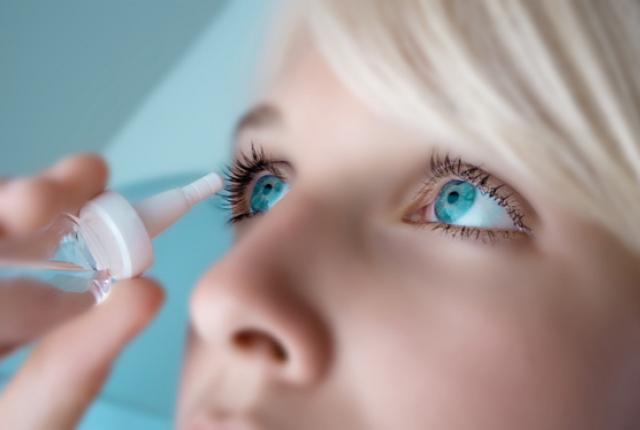
It's important to know how to prevent and treat dry-eye syndrome, one of the most common eye disorders. You may be able to reduce your chances of developing dry eye or minimize symptoms currently suffered by following these guidelines.
What Is Dry-Eye Syndrome?
Tears are not only an emotional expression – they are a necessity to eye health. Tears coat the surface of the eye and help remove all dust particles that enter. When an individual does not produce enough tears to adequately clear the invading debris, the eyes become irritated, red and itchy. The eyes may also be ultra-sensitive to light and tire easily. At its worst, dry-eye syndrome is painful and blurs your vision.
Cause of Dry Eyes
Three levels of tear layers protect the eye: oil, water and mucus. Dry-eye syndrome may result when the composition of these three ingredients is imbalanced. Another cause may be that the tear glands do not produce enough tears for adequate eye protection. The condition may be a result of environmental factors, such as living in a higher-altitude climate with dry air or focusing on computer screens or paper for long periods of time.
In other scenarios, the condition may be a side effect of medications like acne treatments, anti-depressants, blood pressure regulators and more. Aging individuals and females are more likely to develop dry eye due to decreasing tear gland production and hormonal changes. While corrective eye surgery may result in dry-eye symptoms, normally they will resolve after the recovery period is complete.
At-Home Treatment
While it may take a number of months to take effect, incorporating omega-3 vitamins into daily nutrient consumption can increase the oil content in the eye and minimize symptoms. Also, try purchasing a humidifier and placing it at your bedside to run overnight. These machines add moisture to the air and may be helpful, especially in the dry winter months.
If contact lenses exacerbate the symptoms, only wear them when necessary. Investigate alternative contact lenses with built-in moisture-trapping technology. Purchase wind shields for glasses to protect eyes from outside air exposure, which may speed up tear evaporation. Monitor outside influences that may be taxing your eyes, such as long periods of time in front of computer and television screens. Always position computer screens below eye level so your eyes do not have to open as wide to view it. Limiting the eye's exposure to blue light emitted by electronic devices may result in a marked improvement in symptoms.
Talk to Your Eye Doctor
Artificial tears add lubrication and are available over the counter at most pharmacies. If this method does not improve your symptoms, make an appointment with your doctor. He or she may prescribe an anti-inflammatory medication known as cyclosporine, designed to produce more tears and prevent cornea damage. After your doctor receives a list of your current medications, he or she will be able to identify whether a current prescription may be sparking symptoms. They may suggest an alternative medication to reduce discomfort. For the most severe cases, surgery may be required to repair blocked tear production glands.
Leave a Comment